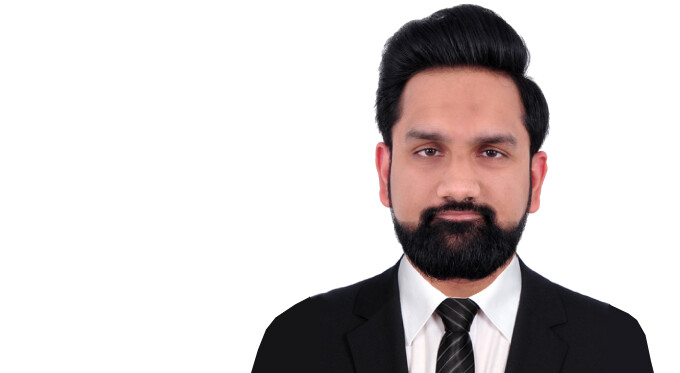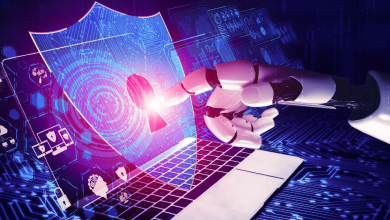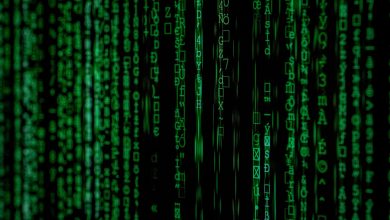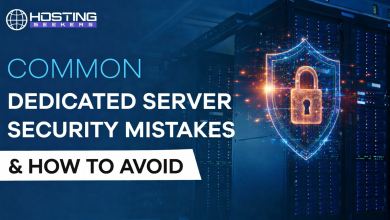
In today’s digital-first world, the role of cyber security speakers has never been more critical. Among the most in-demand voices shaping this space is Shaikh Muhammad Adeel, an award-winning cyber security strategist and leading consultant to global governments and enterprises.
As a trusted advisor on national security frameworks, emerging AI threats, and digital transformation, Adeel stands out not only as a top cyber security speaker, but also as a forward-thinking authority on the intersection of artificial intelligence, technology, and leadership.
In this exclusive Q&A, we explore how businesses can build a proactive cyber defence, leverage AI to stay ahead of threats, and create a resilient security culture. Whether you’re seeking insight from leading technology speakers, inspiration from transformative leadership speakers, or cutting-edge perspectives from artificial intelligence speakers, Adeel’s experience offers invaluable guidance for navigating the complex threat landscape of 2025 and beyond.
Q: In what ways can AI-driven technologies be effectively leveraged to enhance real-time threat detection, incident response, and compliance in modern security operations?
Shaikh Muhammad Adeel: “Great question. You know, I’m doing my doctorate also in the same topic—how AI can impact security operations or cyber security as a whole. So, it’s a nice question. Basically, businesses should have some type of real-time threat detection mechanisms. Again, that’s possible all thanks to AI-driven analytics.
“There is a term—I’m sure you guys have heard about—zero day. A zero day is basically an attack which is not available or somebody has just made that attack today only. That worm, or that virus, or that functionality—no one in the world or no cyber security solution knows about it. If nobody knows about it, the behaviour-based or detection-based solutions will be unable to detect it.
“So, if you are using AI-driven analytics or a real-time threat detection system using AI, AI can predict or understand that if some behaviour is leading to something dangerous, it will highlight and stop it on the spot. That’s why real-time threat detection is very much important using AI analytics. There are many solutions out there which are claiming that—or which have this in place by default.
“Next is the automated incident responses. That is basically to reduce the detection-to-remediation time. It will save you that time in the incident response if something bad already happens. You can automate these incidents again by using AI in your security operations journey.
“The other can be to automate your patch management, your compliance reporting. If you are under some compliance like PCIDSS, GDPR—or if you are in this region, you have NISSA, in Saudi you have NCACC, DCC and all—whatever the emerging threats or compliance needs are, you have to have that. That is also possible with AI, especially for security.”
Q: With the rise of hybrid and remote work environments, what are the most pressing cyber security challenges organisations face, and how can they proactively mitigate risks associated with remote access and user behaviour?
Shaikh Muhammad Adeel: “Great question. Basically, remote users are a big risk for the organisation. Especially during COVID, organisations were really sceptical about how to solve this issue.
“Why? Because remote workers can join from anywhere. They can join from a beach, they can join from a Starbucks—using public Wi-Fi. They can join from their home networks or personal devices, and devices also vary. It’s not always the company laptop or company resources or assets. It can be anything. That’s a mess in that area.
“Then there are remote phishing attacks. Phishing remotely is easy because you are not sitting in the office. For example, if you’re sitting in the CEO’s office and receive a phishing email that seems to come from the CEO, you know it’s not real because the CEO is in front of you. But if you’re working remotely, the chances increase.
“Then, there are no physical security controls because you are working from anywhere. Some mitigation practices include, number one: enforcing multi-factor authentication and secure VPNs—which is really important. Secondly, you have to have solutions like the one I mentioned—KeyStyle.
“That will stop lateral movement. Sophos came up with a report stating that around 90% of ransomware attacks start from lateral movement. You have to stop that. Attackers or adversaries use your computer as collateral and come to your computer before moving to sensitive systems. That’s a big risk.
“So you have to have solutions to block lateral movement. Then your endpoint security, your MDM (Mobile Device Management) solutions—they are really important. The biggest of all, which I mentioned at the start also, is security awareness and training. You cannot patch a human—you have to train them again and again, what to click and what not to click.
“It’s really difficult. For example, if it’s an HR lady and her job is to open CVs, what if one PDF is not a CV—it’s a backdoor or something? She clicked it intentionally. These are always coming from public domains like @hotmail, @gmail.
“You cannot train your employee to click only from company email addresses and not from personal ones—that’s her job. So, security awareness is really, really important. You also have to have a zero-trust security model to enforce least privilege access.”
Q: Cyber security is often viewed as a reactive function—what strategic steps can organisations take to build a proactive, future-ready security posture in the face of evolving threats and technologies?
Shaikh Muhammad Adeel: “This is really required—especially in 2025 when there are so many AI-based threats. You have to shift from reactive to proactive. You cannot say, “Everything is going well and I will buy something if it goes bad.” This approach will lead to disaster.
“First of all, you have to have continuous monitoring and AI-driven threat intelligence—that is really important. Then, a zero-trust security model, which I also mentioned earlier.
“Then you have to have regular vulnerability assessments and penetration testing. That’s really important. It’s like you already have a layer of defences, and now you’re double-checking how strong they are—how protective you really are.
“That’s what vulnerability assessments and penetration testing are—checking the boundaries you’ve already created. And that needs to be regular—every quarter, twice a year, every month. It depends on your organisation.
“Then, you know, to automate incident response workflows—so that you can have faster threat mitigation. Lastly, I would say you have to have a security-first culture, again through training, consultation, and simulations.
“Simulations are like—I’ll send you a phishing email and see who clicks and who doesn’t. If that email says, “Your Amazon box has arrived—click here to get more information” or “Win a £50 Amazon voucher,” these are simulation attacks.
“We’ve seen that everybody is clicking them. So we have to emphasise more on cyber security awareness and training. It’s difficult to wrap it up in one word, but I would say: in one word, cyber security is not a one-time effort.
“It’s a continuous process, so please take it in that way. There is no destination—enjoy the journey. You have to move really fast. Cyber security is something that is not getting old. People ask me why cyber security is still booming while other trends rise and fall.
“The reason is, there are different vectors every now and then. We have Web 3.0, blockchain—we now talk about blockchain security. Now we’re talking about AI, so we have AI security. We are talking about quantum computing—we have quantum computing security.
“Why? Because we have to have quantum-proof encryption for the future. So it’s a continuous process, it’s not a one-time effort. Please don’t think of it as wasting money—it’s an investment that is basically saving you and providing complete visibility.
“In short, I repeat: cyber security is not a one-time effort—it’s a continuous process.”





